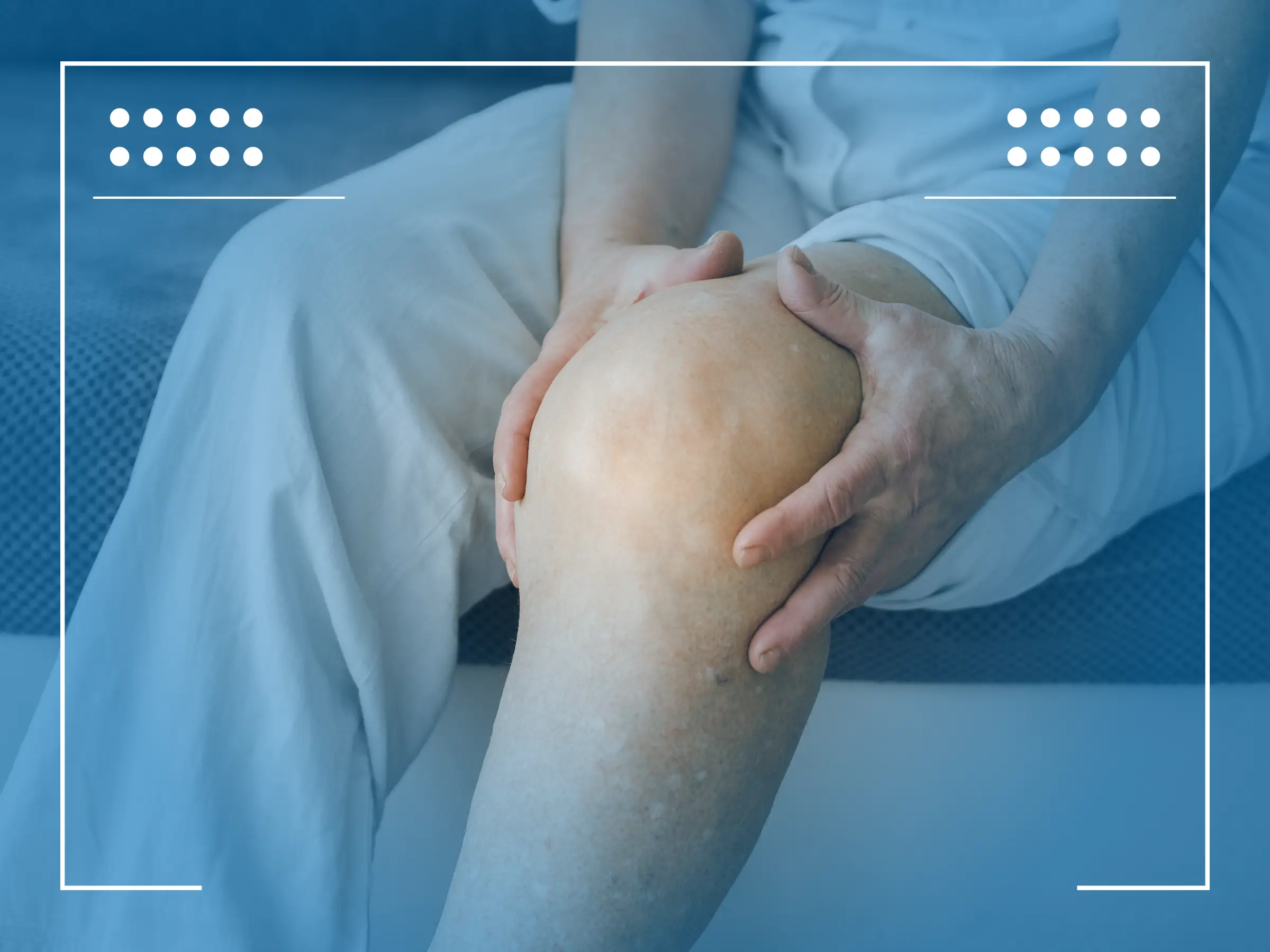One of the most common warning signs of lymphoma behind the knee is swollen lymph nodes behind knee symptoms such as localized lumps, stiffness, and pain. These swollen nodes can press against nerves and muscles, causing discomfort and limiting mobility. In rare cases, lymphedema lymphedema swollen lymph nodes behind knee symptoms may develop, leading to fluid buildup and further swelling in the leg. Causes range from lymphoma itself to infections or inflammation in the lymphatic system. Treatment depends on the underlying condition, but in lymphoma, it may include chemotherapy, radiation, or targeted therapy. For benign swelling, conservative care such as rest, anti-inflammatory medication, or drainage may help.
Lymphoma Behind Knee: Symptoms and Diagnosis
When lymphoma forms in the popliteal region, symptoms may include persistent pain, visible lumps, fatigue, and sometimes fever or night sweats. Diagnosis often begins with imaging, such as MRI or ultrasound, to visualize the lymph nodes in knee location. The next step is usually a biopsy to confirm the presence of lymphoma cells. Knowing how to check lymph nodes behind knee is also important—patients can gently feel the back of the knee for firm, immovable lumps. However, only medical imaging and biopsy provide certainty. Doctors emphasize early diagnosis to begin treatment before the cancer spreads.
Swollen Lymph Nodes Behind the Knee: What It Could Mean
Swelling behind the knee doesn’t always indicate cancer. In some cases, it may be a benign Baker’s cyst or caused by infection. However, persistent swollen lymph nodes behind knee symptoms that don’t resolve should raise concern for lymphoma. The popliteal lymph nodes play an important role in immune defense, and when they swell abnormally, it can signal an underlying systemic disease. Recognizing early warning signs allows for swollen lymph nodes behind knee treatment, which could include antibiotics for infection or advanced therapies for lymphoma.
Understanding Lymph Node Swelling Behind the Knee
The lymph nodes in knee location are part of the popliteal chain, positioned behind the joint. These nodes filter lymph fluid and fight infection. Abnormal swelling occurs when they react to infections or when cancer cells accumulate. Learning how to check lymph nodes behind knee is useful: gently pressing the area for unusual lumps can provide early clues. However, not all swelling is lymphoma. Distinguishing between reactive swelling and cancerous growth requires medical evaluation, including scans and biopsies. Understanding these dynamics helps patients recognize when to seek medical attention promptly.
Lump or Swelling Behind Knee: Could It Be Lymphoma?
A lump behind the knee can be mistaken for a benign cyst, but when caused by lymphoma, it is usually firm, persistent, and may grow over time. Patients often experience reduced flexibility and pain when bending the knee. Swollen lymph nodes behind knee symptoms can extend beyond the lump, including systemic issues like fatigue or night sweats. Medical consultation is essential to differentiate between a harmless cyst and lymphoma. If confirmed, swollen lymph nodes behind knee treatment focuses on systemic therapies—chemotherapy, immunotherapy, or targeted drugs—along with supportive care to preserve mobility.
FAQs
What is stage 4 mantle cell lymphoma?
It is an advanced type of non-Hodgkin lymphoma where cancer has spread widely, often to bone marrow, liver, or other organs.
How serious is stage 4 mantle cell lymphoma?
It is considered very serious and aggressive, requiring intensive treatment with chemotherapy, targeted therapy, or stem cell transplant.
What is the life expectancy for someone with stage 4 mantle cell lymphoma?
On average, survival can range from 2 to 5 years, though newer treatments may extend this.
Can stage 4 mantle cell lymphoma go into remission?
Yes, remission is possible, but relapses are common, and long-term cure is rare.
What are the symptoms of stage 4 mantle cell lymphoma?
Common symptoms include swollen lymph nodes, fatigue, weight loss, night sweats, and fever.
How is stage 4 mantle cell lymphoma diagnosed?
Diagnosis involves biopsy of lymph nodes, imaging scans, and blood tests, often followed by bone marrow evaluation.
